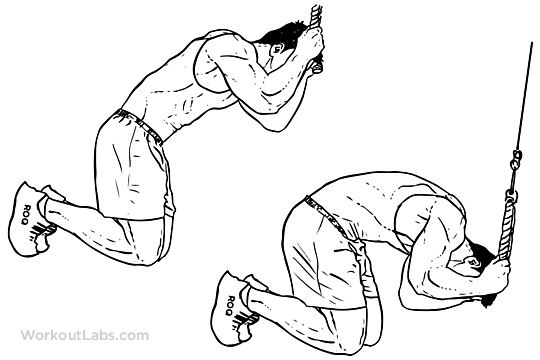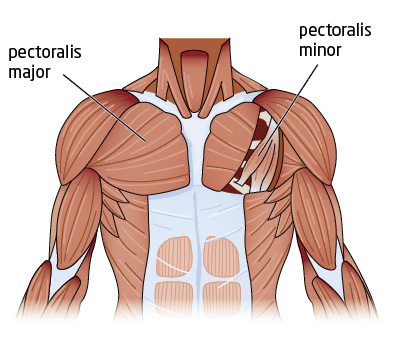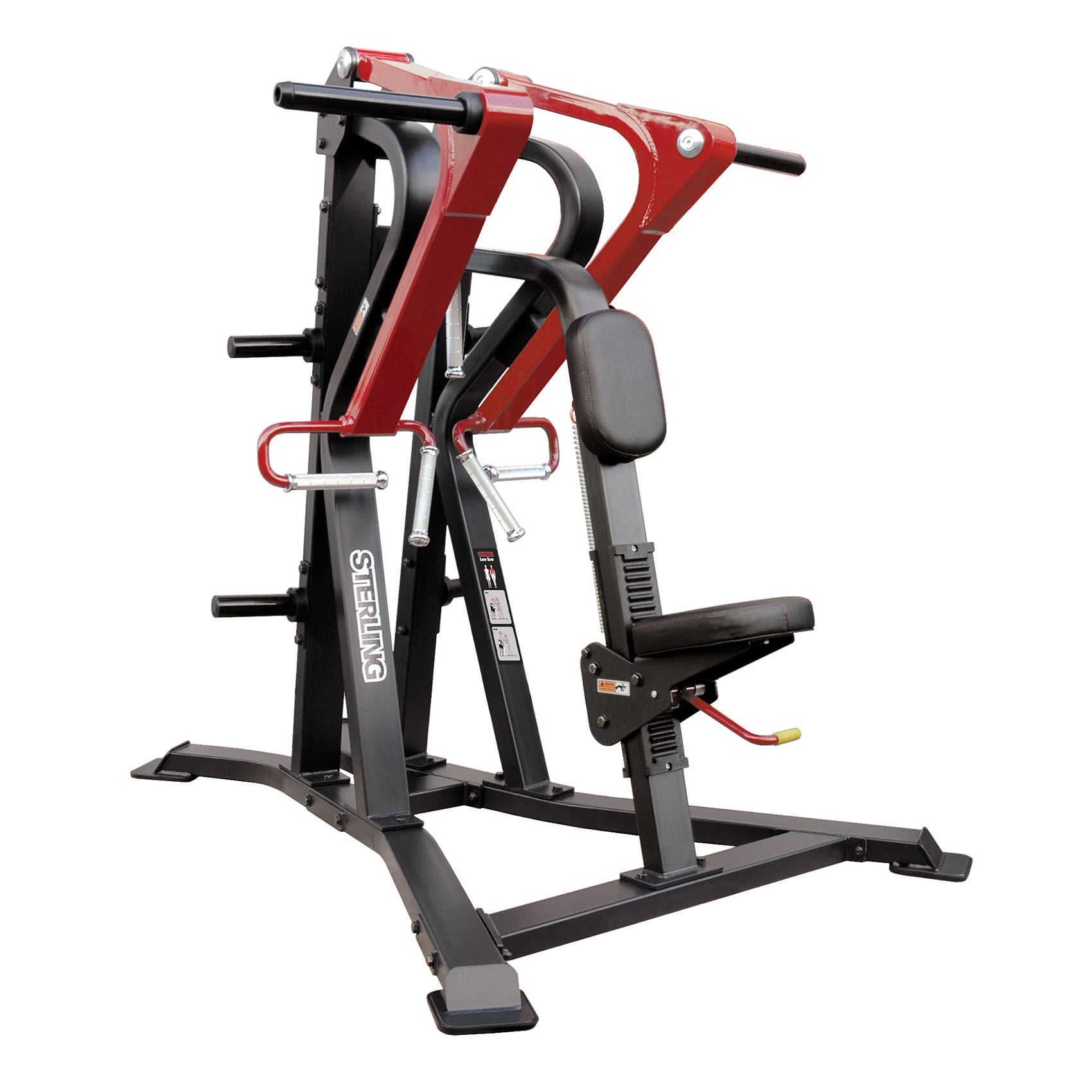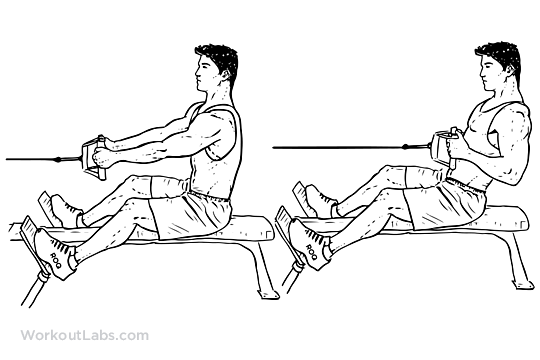To me, this is an incorrect conclusion to make. If you know me well, or if you've followed along with some of my other posts and pages, you know that I'm a strong proponent for focusing heavily on your nutrition when it comes to body transformation. This couldn't be more true for any other muscle group than abs.
I don't care if you do 1000+ crunches a day. I don't care how many planks, leg raises, or ab roller exercises you do. Abs are made in the kitchen....straight up. While it is true that ab exercises WILL grow your abdominals, and ARE great for core strength, medicore attention to nutrition will give you mediocre looking abs. Eating in moderation will give you moderate looking abs. Living by a life's mantra of "living a little" or "enjoy life" in excess will lead you to an excessively bland and possibly flabbly looking core.
I just wanted to make sure I got that out of the way. My goal is to not focus on nutrition in this post and instead give you all what you came here for. I just thought it would be important to preface this article with my opinion on manipulating the aesthetics of your core. Now that that's out of the way, let's get started!
The abs are important from not only an aesthetic stadpoint, but from a functional standpoint as well. The human abdomen aids in breathing, protection of internal organs and, along with the muscles of the back, provides postural support (source: wikipedia). The human abdomen is composed of the external abdominal obliques, internal abdominal obliques, transveruss abdominus, tendinous inscriptions, and the rectus abdominus.
Source: fromfattomuscle.com
Along with my nutrition, I try to develop an ab workout that tries to hit all of the relevant musculature that the abdomen is composed of. I'm not just concerned with the rectus abdominus, and make sure to also incorporate oblique work.
When working out abs, there are some things you need to keep in mind. First, make sure that when you are in the relaxed pose of the non-flexing range of motion, that your back is significantly arched so as to stretch your abdomen. Many times people do not go back far enough or stretch their abs far enough to allow for a proper repetition. Also, when you come up to flex, flex your abs really hard for half a second to a second before coming down. Finally, abs are a muscle group that respond well to supersets, so you'll see me suggesting that you incorporate them into a bunch of the exercises I'm about to explain to you.
It's also important to note that it may not be aesthetically beneficial to build up your core. In fact, many bodybuilders advise against using traditional weight-training techniques to workout abs, as growth in your abdomen will push out the abdominal wall and give you a "muscle belly", throwing off your muscular aesthetic.
I'm also not going to include the traditional "crunch" as part of this list as they are basic enough for you to know how to do, and the fundamentals of a crunch should be incorporated to relevant ab exercises each time you work out abs. To do a proper crunch, lay on your back, arch your knees up with yoru feet on the ground, place your hands behind your head, focus on a point in front of your face on the ceiling, and move up to it as you bring in your core and flex hard at the end range of motion. Doing these with a weight behind your head is called a "weighted crunch".
CABLE CRUNCHES
Cable crunches are an outstanding exercise if you're trying to grow your abs. They give you a nice burn and flexing motion while incorporating weight.
To do these correctly, adjust an adjustable tricep pull-down apparatus to where you can hold a metal handle while on your knees with your fingers facing in towards you above your head with a slight bend at your elbows.
As stated, sit on your knees shoulder-width apart. If this is hard on your knees, find a gym mat that you can use to cushion them. Position your knees so that they are direclty under your butt or just below the bottom of your but so that your ab is forced to stretch out as you're grasping the metal handle.
Without pulling with your arms, or doing a sitting motion onto your calves, crunch your abs hard and move your head towards your waist area, like you're trying to ball yourself up. If you're doing it correctly, you should feel a nice flex in your abs. Hold the crunch for half a second to a second and slowly go back into a stretched position. Repeat until failure.
Source: workoutlabs.com
Master these and the people in your gym won't be able to help admiring how crazy they look. Do not be discouraged if you cannot even do one of them. Like pull-ups, you won't be able to do many of them initially, but getting to a point where you can do a lot happens fairly quick. Do not be discouraged, and work at them often.
Using an inside-grip pull-up handle, bring your legs up to the ceiling so that your chest is directly parallel to the bar of the pull-up apparatus. With your legs straight, go back and forth to your right and left without moving anything above your waist. If you find difficulty doing these with your legs straight, try bringing your knees in and trying them that way. Unlike the guy in the video below, do these slow.
Source: Youtube User Doug Balzarini
LEG RAISES
Stand in a power-tower / captains chair / dip machine, grasping the handles in front of you so that your forearms rest nicely into the provided padding. Using your forearms and elbows to stabilize you, straighten your legs, flex your abs, and bring your legs straight up until you get a crunch in your abs. Slowly lower your legs back down and repeat until failure. These can also be performed hanging from a pull-up bar (called a "hanging leg raise). You could superset these with crunches or weighted crunches.
Source: Youtube user Chunk Fitness
BOSU CRUNCHES
This is a play on regular crunches. Do crunches like your normally would (flexing your core, looking and moving your face straight up as you perform the line of drive and range of motion), but this time use a bosu ball to put an arch in your back and flex your core before you start the flex range of motion. If you don't know what a bosu ball is, it's that blue ball that is cut in half that you see lying around the gym. I like to superset these with the next exercise I'm about to explain.
Source: Youtube user Chris Patrick
I'm sorry to say that I could not find an adequate picture or video of this exercise to post, so I will try to explain it the best I can.
Sit on a risen step-up machine, bench, or square platform. Any flat platform will do really.
Place your arms against your side and grab the bottom of the platform. Lay straight out as if you were almost laying down. Flex your abs and bring in your knees to your chest. You should feel an immediate flex in your abs if you are doing these right. Do as many as you can until failure.
As explained above, I like to superset these with bosu crunches. You can also superset them with any other ab exercise. They really make a great addition!
And there you have it. My top 5 ab exercises, and my final post for my "Top 5" series. I hope you enjoyed the series! Please leave comments below or email any other questions you have that are bodybuilding / fitness / health / hygiene / well-being related to jtrainfitness@gmail.com or follow me on twitter @jtrainfitness.
Abs are extremely important in the world of body transformation and aesthetics and probably the most sought after thing in body transformation. Some people are blessed with the proper genetics to attain them easily, while some need to work extremely hard to gain them. So long as your nutrition is sound and well taken care of / planned, using the above exercises will help you attain the six-pack you always wanted. Try some of them today!
-Jtrain
--------------------------------------------------------------------------------------------------------------------------*Have a question about natural bodybuilding / fitness / nutrition / stress? Need some advice? Email me at jtrainfitness@gmail.com and I will answer it on this blog! Be sure to enter your email to receive alerts for when the next blog post has come out, and be sure to tell your friends about this blog! Follow me on twitter @jtrainfitness and tell your friends to do the same!*
--------------------------------------------------------------------------------------------------------------------------






























